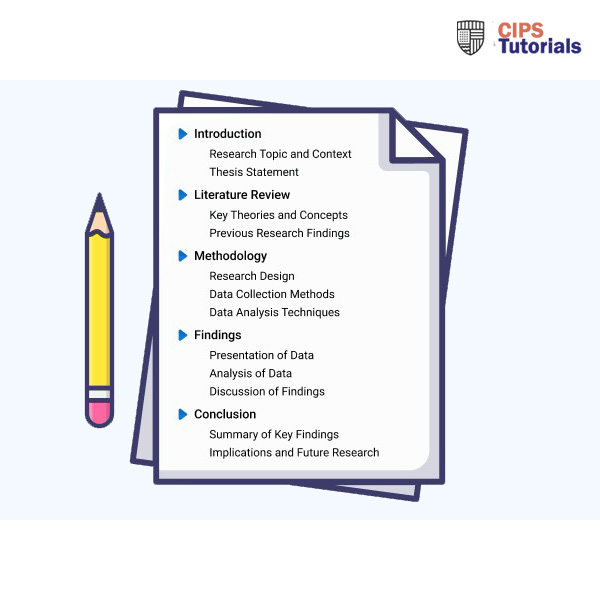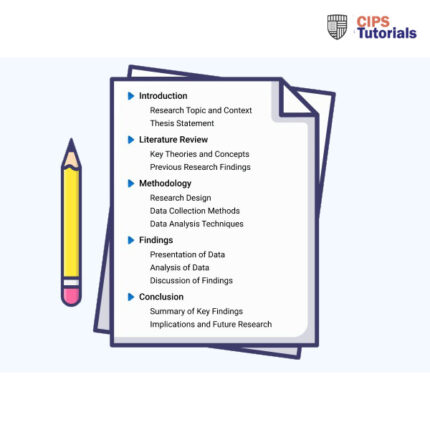Solution
1.1 The impact of technology on the design and delivery of L&D
In recent years, technology has greatly changed the area of learning and development. The Internet, mobile gadgets, and systems for managing learning—plus other tech improvements—have enabled creating and giving training that is more interesting and easier to reach than before, as noted by CIPD (2017).The next two sections look at two major effects of technology on L&D design and two effects on delivery.
Design of learning and development (L&D)
Creating Educational Experiences And Material
The possibilities for creating educational experiences and material have significantly increased with the introduction of new technology. Digital tools have enabled more interactive, multimedia methods to involve students in different ways. For example, online simulations and virtual reality environments make it possible to create engaging learning experiences that are hands-on without needing physical equipment. This is very different from the usual way of giving lectures with lots of text. With these new ways, learning becomes more interesting and fun because they let you take part in activities. They help keep students interested and work well for many types of learners who learn differently. Technology now helps make adaptable learning pathways, which change based on what each learner needs and how they respond.
Digital Collaboration Technologies
Digital collaboration technologies are another way design is different now. Online platforms let remote teams of teachers, subject experts, instructional designers, and even students themselves make content together at the same time. When we compare to usual methods, feedback can be added more step-by-step during the design process (Ed.D, 2023). As result, learning materials now better show the shared knowledge and suit needs of learners. Using skills and views from many people, working together to create makes content complete. Additionally, it enables ongoing material improvement based on feedback from the first student cohorts. Learning solutions that are continuously improved to better meet the demands of users are the end result.
Delivery of Learning and Development
Methods of Training
The way that training is offered has changed dramatically with the development of online and mobile learning. With digital way to deliver, people who learn have more much freedom for when and where they can get learning because time or place not limit them anymore. This gives big benefits for mixing with work and making easy to access. With cloud computing, it is now possible to have immediate access to learning environments and materials whenever needed from any device that can connect to the Internet.
Adaptive technologies
Using adaptive technologies to provide more individualised learning experiences has an additional impact.Utilising learner data from examinations, completed tasks, and interests, systems are able to dynamically identify the most appropriate content and learning pathways for each individual. Prior to the advancements in educational technology, it was not possible to provide instruction at this degree of customisation. When we think about old ways, new things like online simulations, virtual reality, digital teamwork, and adaptive learning have made it much easier to create interesting and fun learning experiences. These technologies are making big changes in how Learning & Development (L&D) grows. Technologies will keep playing a very important role in shaping L&D’s future.
1.2 Risk/challenge of technology-based L&D
With technology-based learning, organisations, learning professionals, and students all confront risks and obstacles that need to be taken into account and mitigated (Ghavifekr et al., 2016). The challenges each group faces….
Please click the link herein to access this assessment in full

